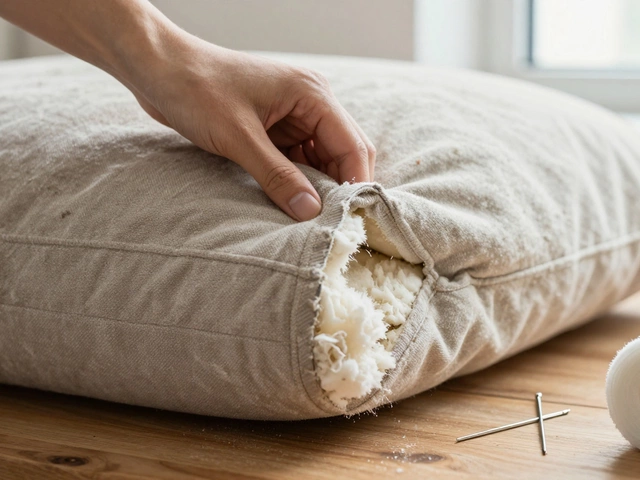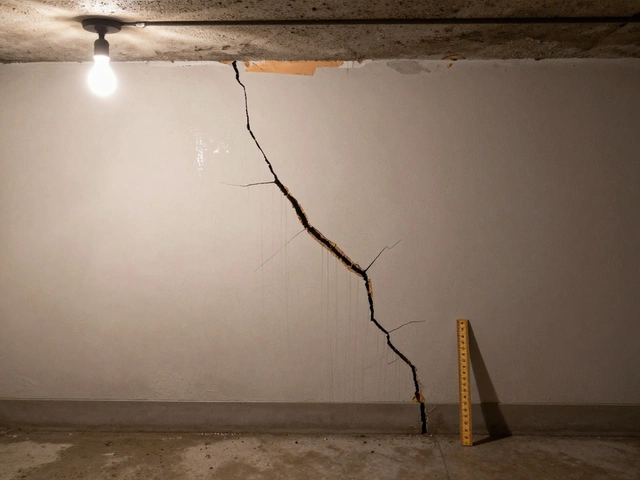Roofing Materials: Choosing the Right Kind for Your Home
When working with roofing materials, the products used to cover and protect a building’s roof. Also known as roofing products, it plays a crucial role in weatherproofing, energy efficiency, and the overall aesthetic of a house, you’re really deciding how your home will stand up to rain, wind, and heat. Roofing materials encompass a range of roof types such as shingles, metal panels, and tiles; they require proper insulation to keep indoor temperatures stable; and the roofing cost often drives the final material choice. Understanding these connections helps you avoid costly mistakes and pick a solution that lasts.
Key Factors to Consider
First, think about roof types, the specific designs like pitched, flat, or gable roofs. Each type demands certain materials: pitched roofs love asphalt shingles or slate, while flat roofs often use rubber membranes or built‑up roofing. Second, evaluate roof insulation, the layer that slows heat transfer between the interior and exterior. Good insulation works hand‑in‑hand with the chosen material to reduce energy bills and prevent condensation. Third, factor in roofing cost, the total expense covering material purchase, labour, and disposal. High‑end metals may cost more upfront but can save money over decades thanks to durability and low maintenance.
Installation methods also shape your decision. Some materials, like asphalt shingles, are DIY‑friendly and can be installed in a weekend, whereas metal panels often need professional handling and specialized tools. Maintenance expectations differ, too: tile roofs resist fire and insects but are heavy and may need reinforced framing, while rubber membranes are lightweight but can puncture if not properly protected. By matching material traits with your roof’s shape, climate, and budget, you create a system where each component supports the others.
Finally, don’t overlook long‑term performance metrics. Look at warranty lengths, lifespan ratings, and resistance to common local issues such as moss growth or hail. A material with a 20‑year warranty and proven hail resistance may be worth a higher upfront price in regions prone to storms. Pairing this data with your home’s energy goals—like achieving lower heating costs through better insulation—creates a clear picture of total ownership cost versus benefit.
Below you’ll find practical guides, cost breakdowns, and style tips that dig deeper into each of these topics. Whether you’re planning a full roof replacement or just curious about the best material for a small extension, the articles ahead give you the facts and steps you need to move forward with confidence.
Roof Work Costs: Why Is Roofing So Expensive?
Roof work often shocks homeowners with its price tag, leaving many to wonder what drives up the cost. This article breaks down the real reasons behind expensive roofing projects, from labor and materials to safety and insurance. It uncovers hidden details that roofers don't always mention up front. Tips for trimming costs and understanding a roofer's estimate are included. Get a clear look at what you're really paying for when fixing or replacing a roof.
full article




